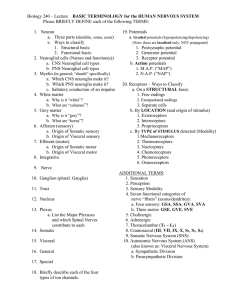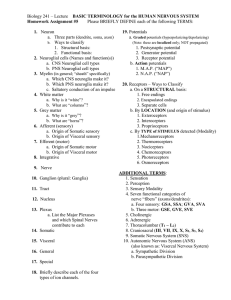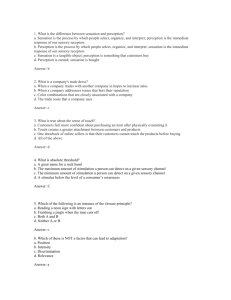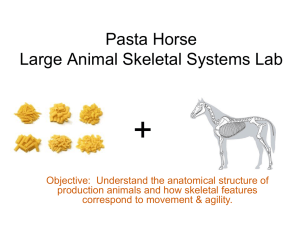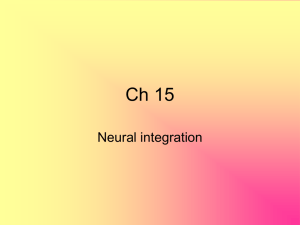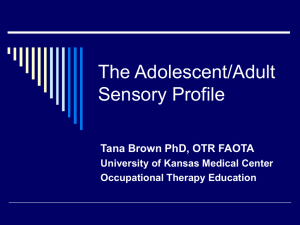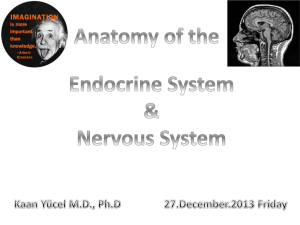Pathways for sensory information and motor commands
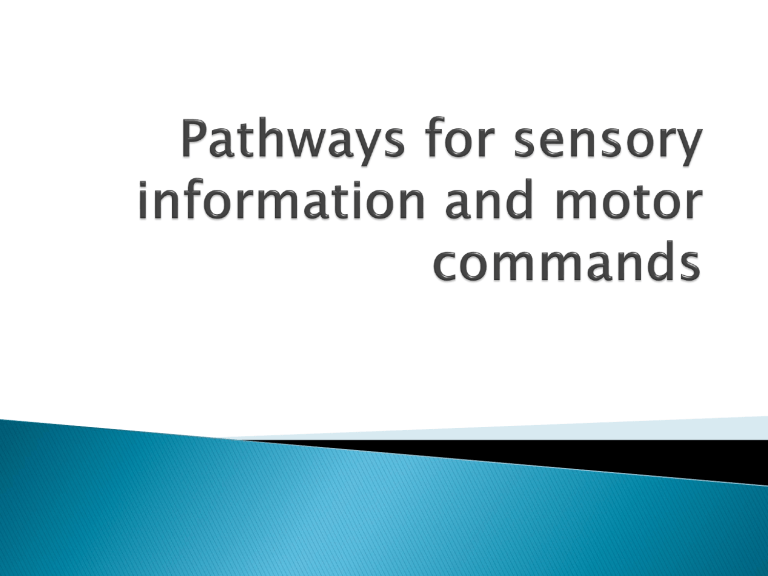
Delivers somatic and visceral sensory information to the CNS.
Sensation: information gathered by a sensory receptor
◦ Processing in the thalamus:
Determines whether you perceive sensation as fine touch, as pressure, or as vibration
Sensory homunculus: visualizes the connection between different body parts and areas in brain hemispheres.
◦ Provides voluntary control over skeletal muscles
Homunculus provides indication of how much fine motor control available hands, face, and tongue are capable of varied and complex movements
Subconscious control over skeletal muscle tone (neck, trunk and limbs)
* Controls responses to equilibrium sensations
(balance)
Somatic Nervous System (SNS)
◦ Operates under conscious control
◦ SNS controls skeletal muscles
Autonomic Nervous System (ANS)
◦ Operates without conscious instruction
◦ ANS controls visceral effectors
◦ Coordinates system functions: cardiovascular, respiratory, digestive, urinary, reproductive
Sympathetic division:
increases alertness, metabolic rate, and muscular abilities
"fight or flight"
Parasympathetic division:
reduces metabolic rate, conserves energy and promotes digestion
“rest and digest”
COMPARE
